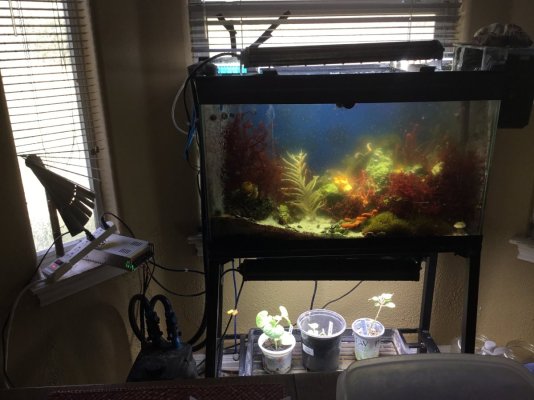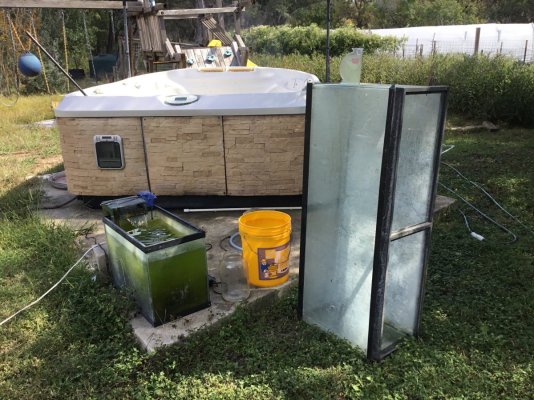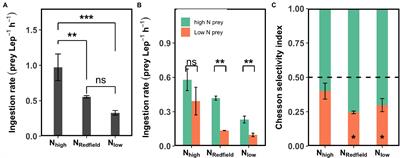I am starting to culture my own phyto and I have got a decent collection going. I am having issues finding info on culturing Rhodomonus, the red phyto.
As it stands now, I started the culture 4 days ago from a fresh starter culture, and it was verified to be Rhodo. It started out green, and not it seems to be turning yellow.
I am running mainly red and blue lighting and temp is 79 during the day and 76 at night. I run the lights 12 hours.
So am I doing something wrong or what is going on?
Thank you for any help you can give.

As it stands now, I started the culture 4 days ago from a fresh starter culture, and it was verified to be Rhodo. It started out green, and not it seems to be turning yellow.
I am running mainly red and blue lighting and temp is 79 during the day and 76 at night. I run the lights 12 hours.
So am I doing something wrong or what is going on?
Thank you for any help you can give.























